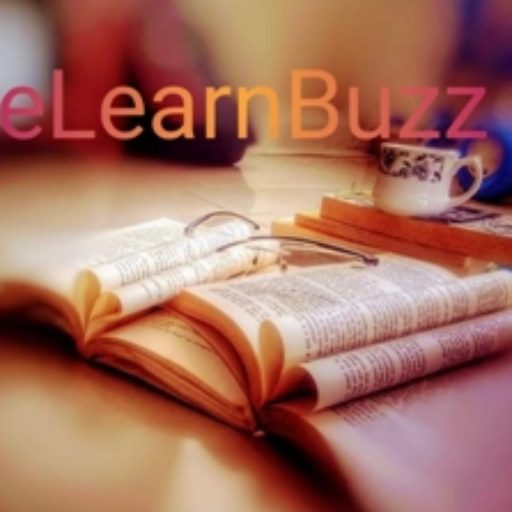विभिन्न क्षेत्रों के विभिन्न प्रकार के घर Different Type of Houses
मनुष्य के घरों का रूप समय एवं भौगोलिक स्थिति के अनुसार बदलता रहता है। इस पोस्ट में विभिन्न क्षेत्रों के विभिन्न प्रकार के घर Different Type of Houses के बारे में बताया गया है । विभिन्न प्रकार के घर मिट्टी के घर मिट्टी के घर सामान्यत: गांवों में पाये जाते हैं । ऐसे घर उन…
